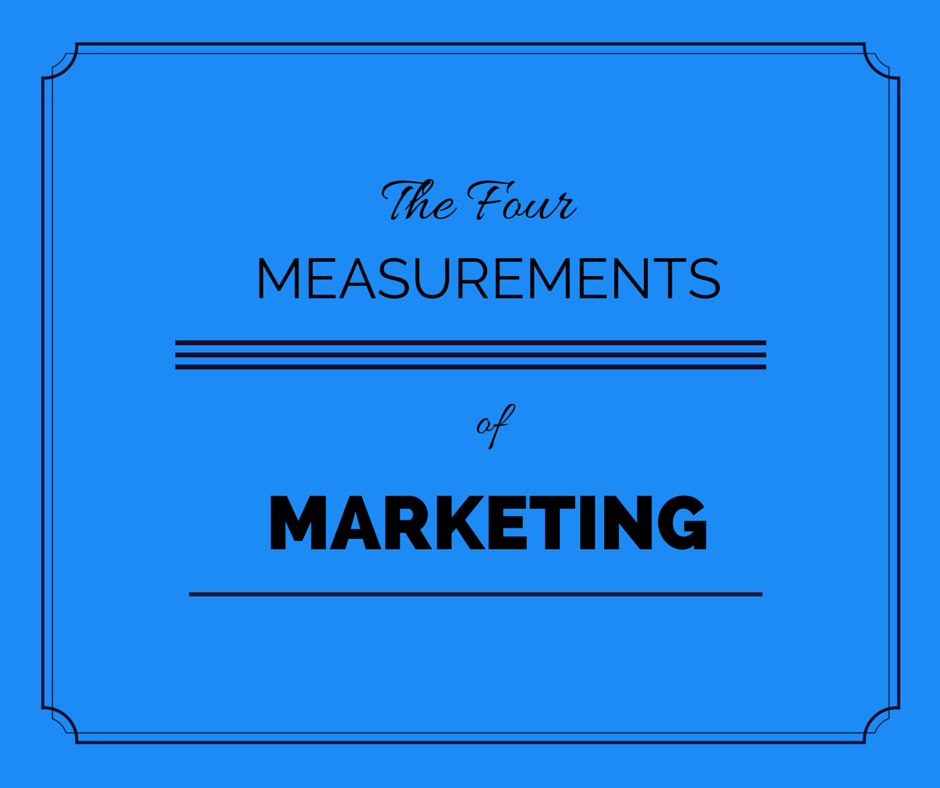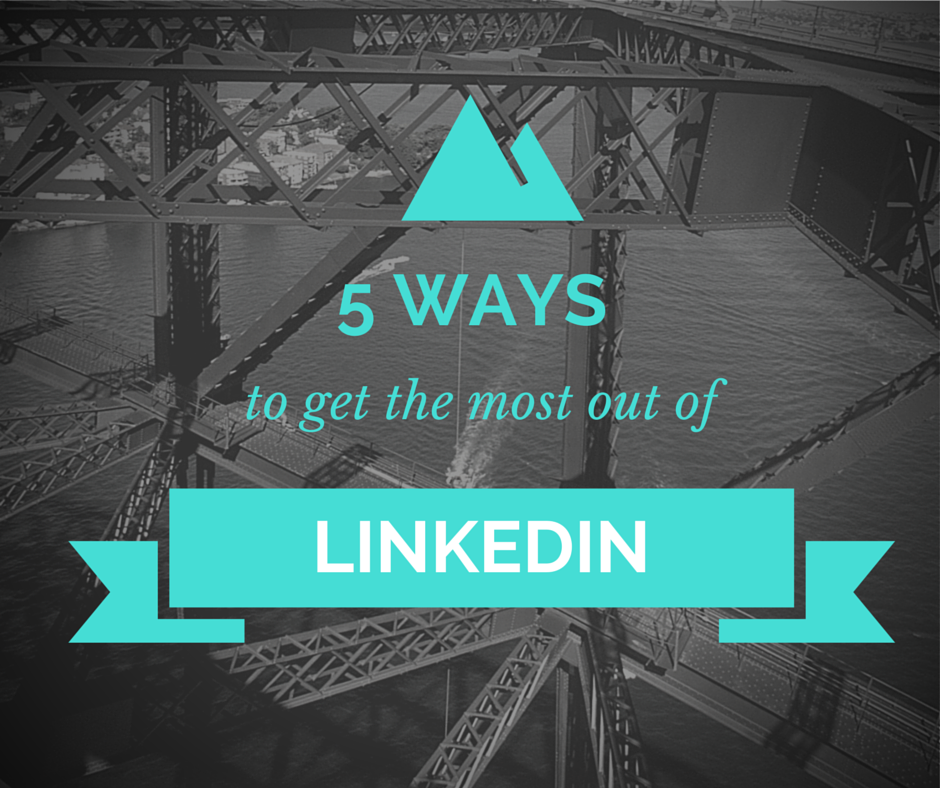So let's cut right to where my head's at:
This is the last week of my twenties.
And as such it is time to finally share with you about my 30 Creative Pursuits of My 30th Year.
Back when I turned 29 last year I had a real moment where I was overwhelmed at the thought of that decade winding down (yes, I still had a whole year to go). What had I done? What did I want to do? Was I being as intentional as I needed to be? I'm not one of those people freaking out because 30 is "old." It's just crazy to me that I so vividly remember turning 20 (what was going on, what I was thinking and feeling) and that was a decade ago. Life moves swiftly--especially as we get older. This pace is speeding up and I need to pay attention to all of it.
In 2013 my friend Megan did this uber interesting #30to30 challenge--thirty things she wanted to cross off her bucket list to usher in her 30th birthday. It was this awesome eclectic mix of like riding 500 miles on her bike and reading Dostoevsky and giving blood and other artsy things too. As I tried to totally copy her and make a list of my own I realized my short-term bucket list just didn't get me jazzed and I definitely couldn't come up with 30 eclectic items. Really what I wanted was more intentional creativity in my life. Thus, 30 Creative Pursuits of My 30th Year was born.
I made a list of 30 things I wanted to do around creative enrichment, experiences and output in the last year of my twenties. I've crossed many off my list: put 2 (better) musical theatre clips on Youtube, implement bimonthly HSL Creative Retreat Days for creativity and thinking, performer in a musical or play, start some sort of writing, creativity, thinkers or reading club (meet at least once), take at least one voice lesson, come up with ten book ideas, go to an industry conference. All of these intentional pursuits have been crazy fulfilling and/or inspiring and I wish I had been this intentional before I came toe-to-toe with 30.
Others on the list I've simply not completed yet or I've avoided them: read On Writing by Stephen King, see Gone with the Wind, write three songs, complete a book proposal, write one work of fiction. I'm not sure why these items got put off to the end. Update: I started the audiobook of On Writing and I just can't seem to get into it. Somehow Stephen King has made even a book about writing a little gory. Perhaps if I was a fan of his novels I would appreciate his style more. I still haven't seen Gone with the Wind but have high hopes to do so in the next week. I worked on some song lyrics last week but an actual song, they are not. The book proposal is simply a matter of blocking off time to flesh it out. The book is in my head. I just haven't written the proposal because other things seem to be more urgent.
That's the interesting thing about this whole list. Easily none of it could have gotten done if I didn't prioritize it. These aren't things that were urgent or that one of my clients or bosses needed me to do. These weren't going to impress anyone or really greatly benefit my family or friends. They were kind of just for my own enrichment and enjoyment. So they were easily avoidable and easy to put on the back burner.
On the other hand, some of the greatest highlights of the last year came as a result of these items. I absolutely adored reading the Artist's Way with Erica and Whitney (and sometimes others who joined in). If it weren't for that, Enchanting Entertainment wouldn't be here and I wouldn't have led a workshop at Toolry. HSL Creative Retreat Days were a refreshing opportunity to put daily work on pause and check in with myself. Was I heading in the direction that felt most right? Was I pleased with the content I was writing? I stopped once every other month and instead of working from my home office like normal, I explored new locations and incorporated the outdoors into my experience for the day. (Click these links for photo proof.) I hiked Candler's Mountain and fell in love with Percival's Island. I found my perfect study place in Liberty's Library. I tried the Bean Tree Cafe for the first time. All experiences were enriching, pleasant and helped me recalibrate. I've done some of my best thinking and writing on HSL Creative Retreat Days.
As a result of 30 Creative Pursuits I pushed myself to attend the Internet Summit in Raleigh, NC. I attended a conference solo while most everyone else who was in attendance came on their employer's dime. I heard from some of the greatest minds in social media and content marketing. I wrote a million notes and began to imagine myself as a keynote speaker. Could I encapsulate what is cool about social media and dual careers and being a female solopreneur and being a millennial and inspire someone through a talk about those things? I began to imagine.
In voice lessons with David Hahn not only did I gain a friend and an advocate but I also found new layers in my voice and began to really grasp the "less is more" of singing. I loved working steadily on the craft of vocal performance. It was a big part of my life in college and I hadn't studied with a voice teacher consistently in about four years. Music does something for the soul unlike anything else.
29 has been a creative, intentional year of growth. It's pushed me to a place of embracing "no" to things that are good and saying "yes" to opportunities I didn't predict. I really hope that I find the inspiration to live so intentionally every year whether it's a milestone birthday or not. I know my life has been better this year for intentionally carving out time to be creative, both outwardly creative and inwardly.
I encourage you to embrace your creativity this year. Whether you're drawn to visual arts, poetry, cooking or rearranging your furniture, taking time out to create something, to reflect more deeply or just to consciously inject change into your daily life can catapult you into a place where you see things quite differently and you connect dots that you didn't see before. I'm so glad I made this weird list last year. I think I will make another for my 31st year. It's too good to stop now.
I'd love to know, will you take me up on my challenge? What is one creative thing you will make time for this year?
Hilary is a writer, a performer, a social media nerd, and digital strategist.
























